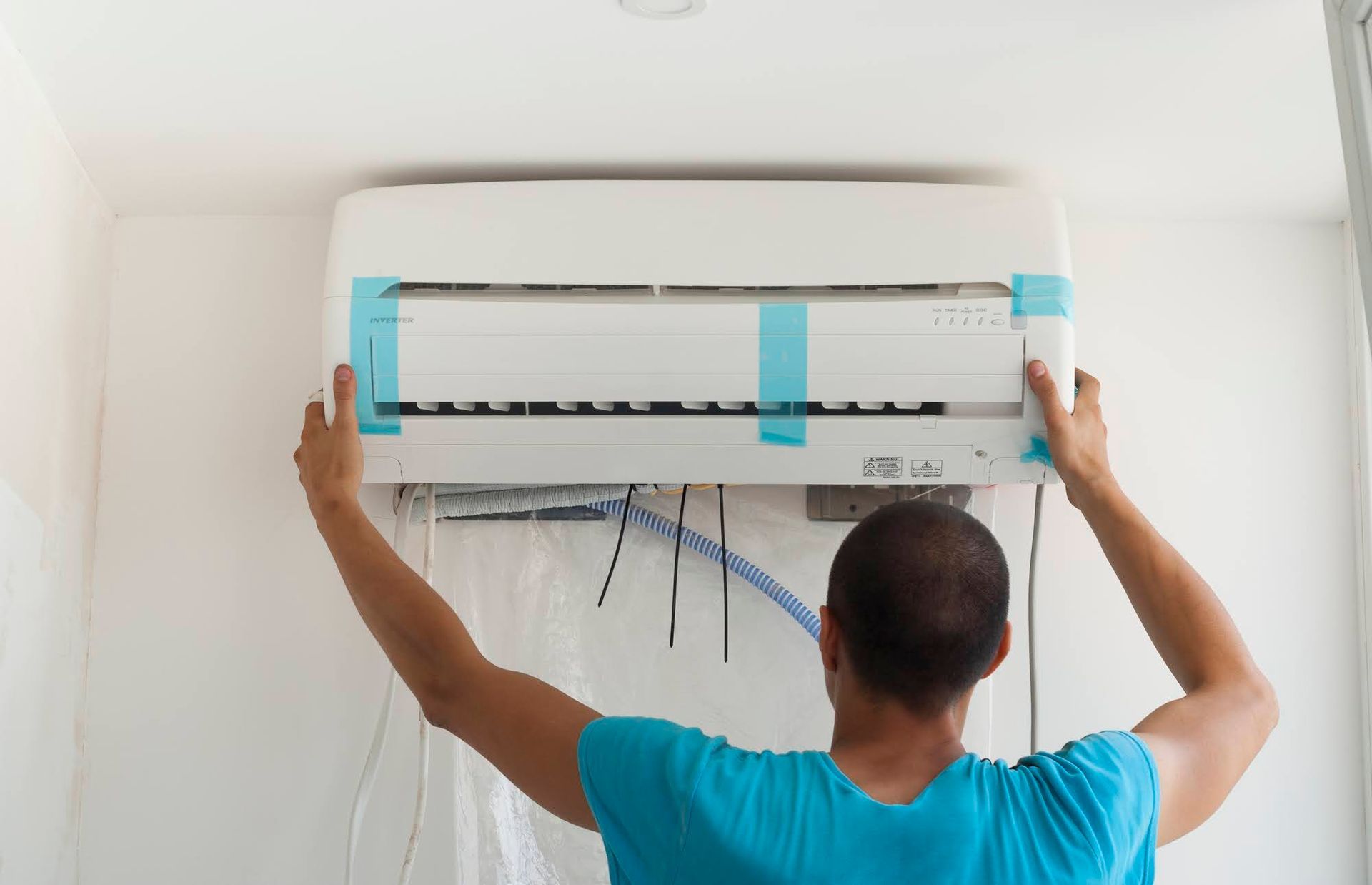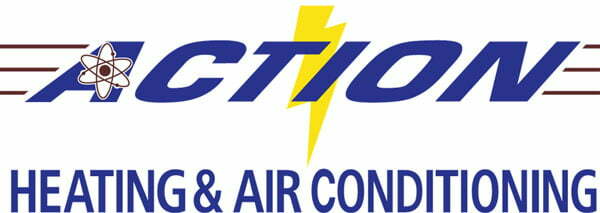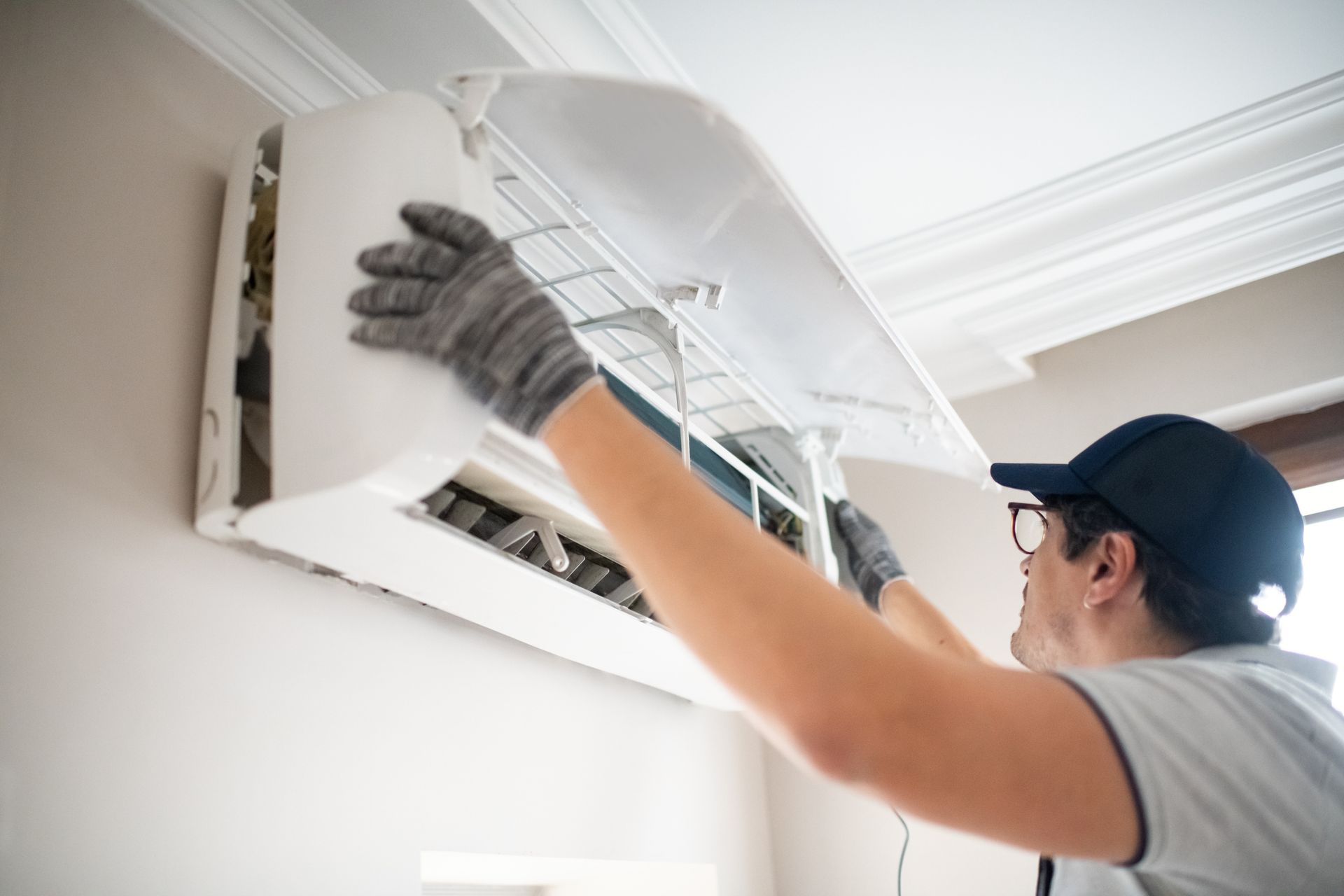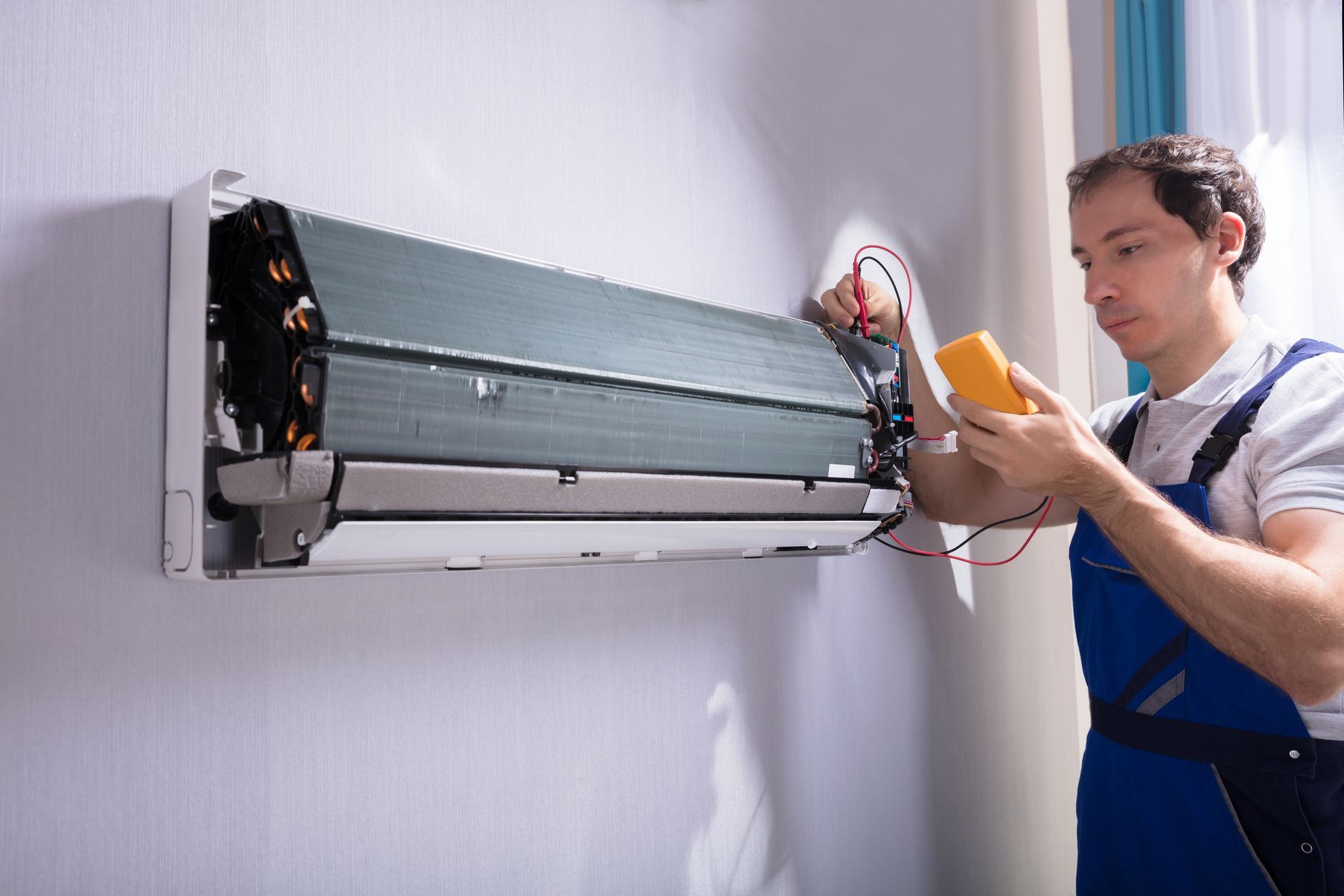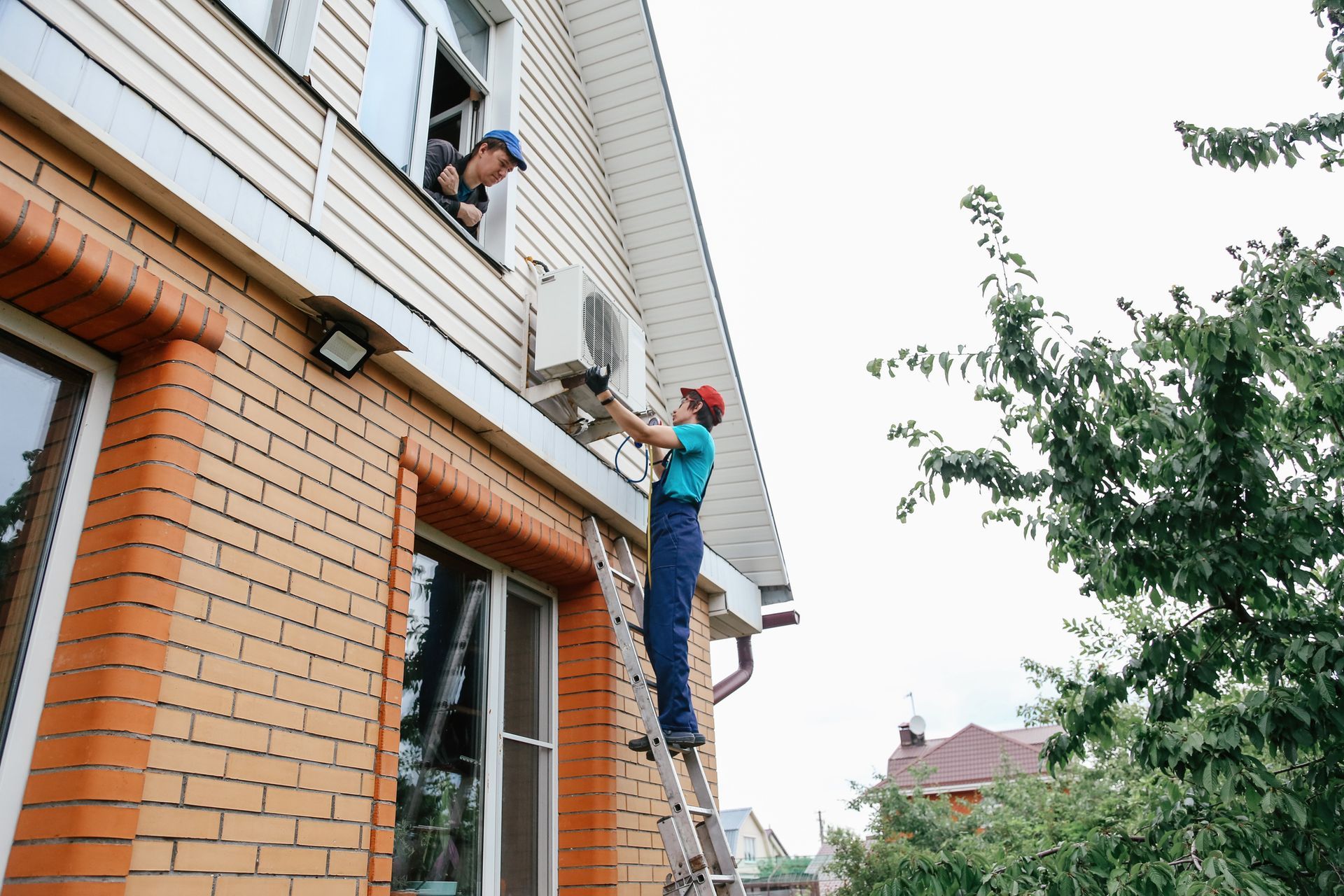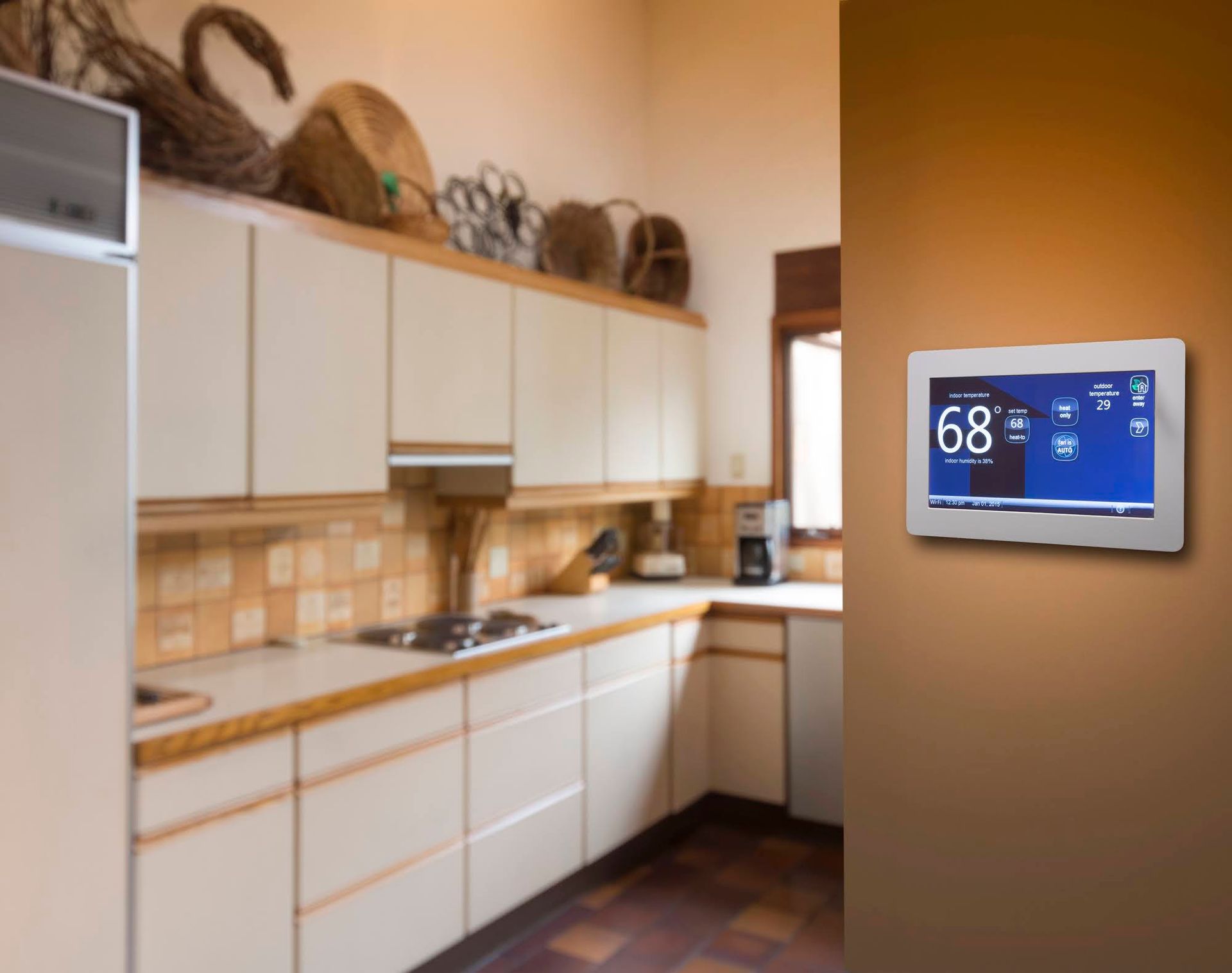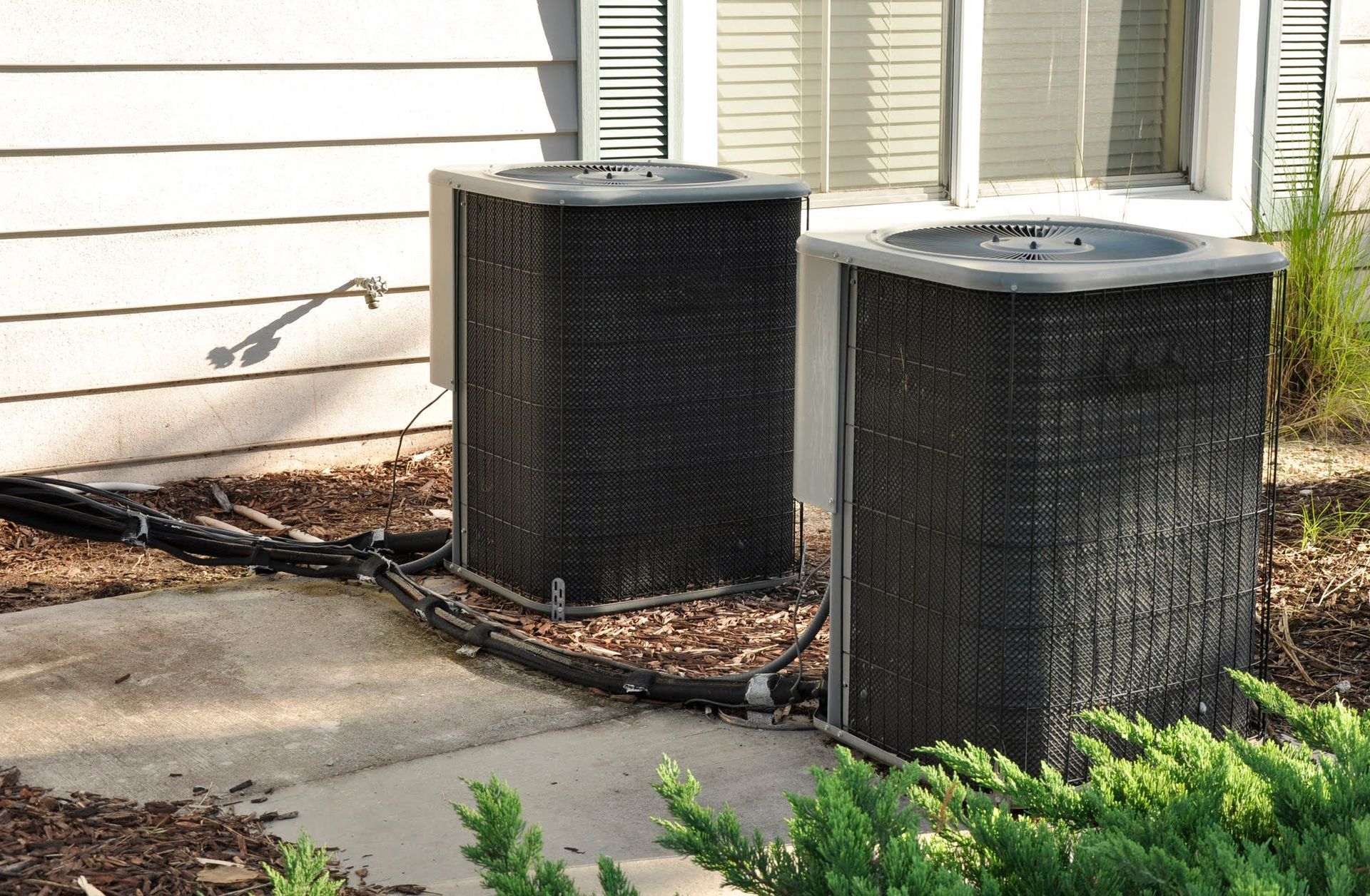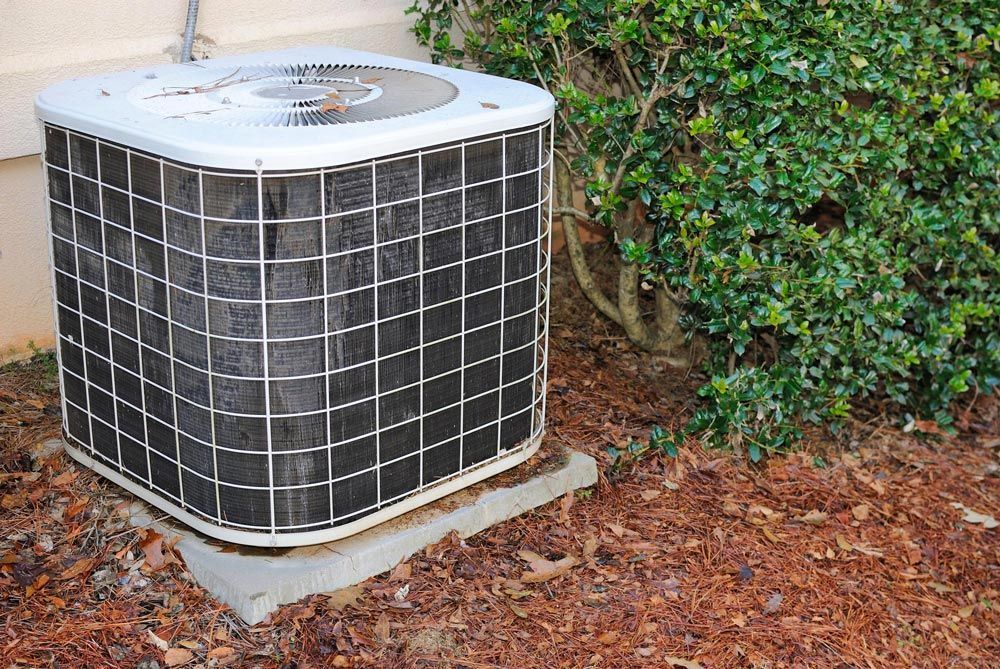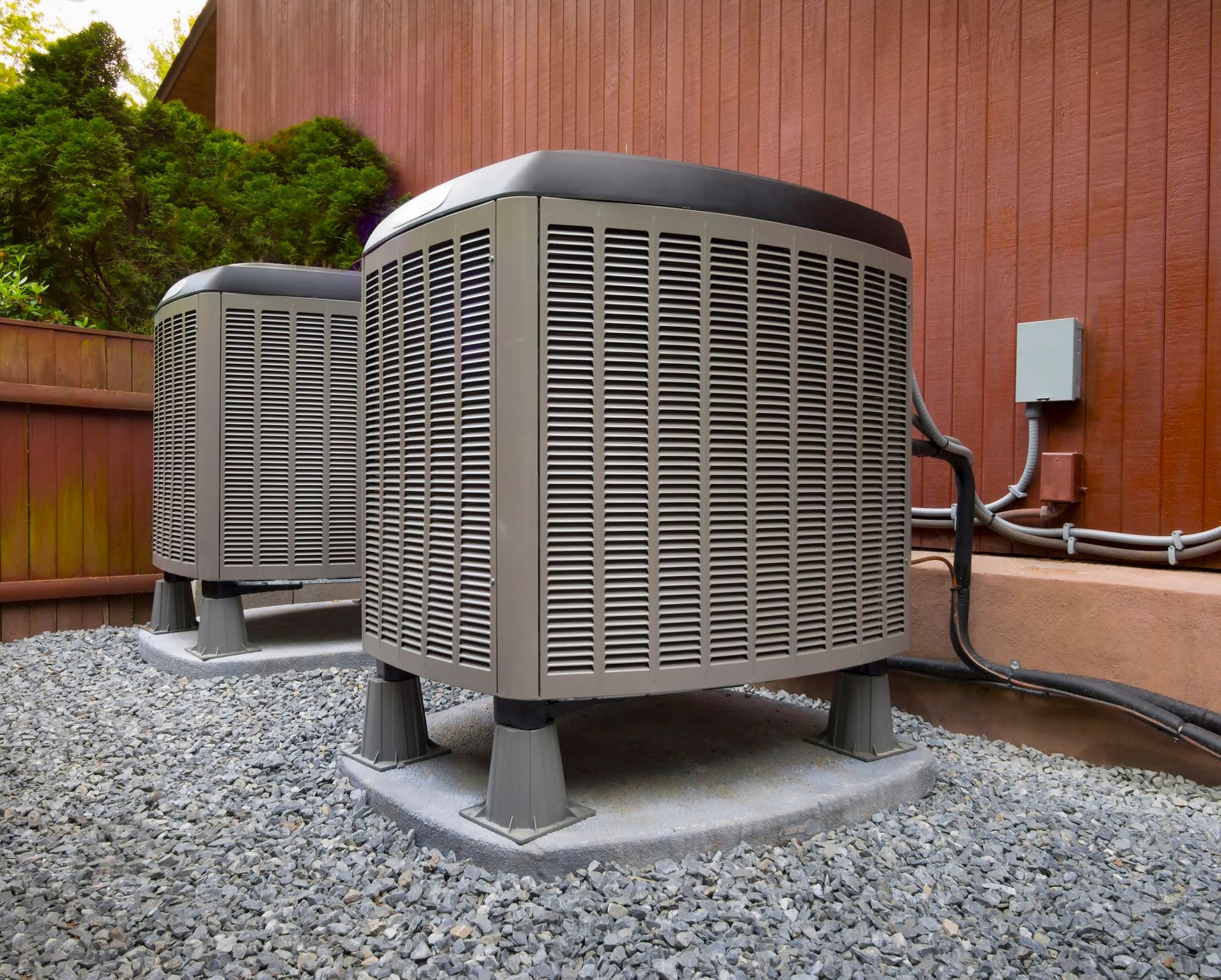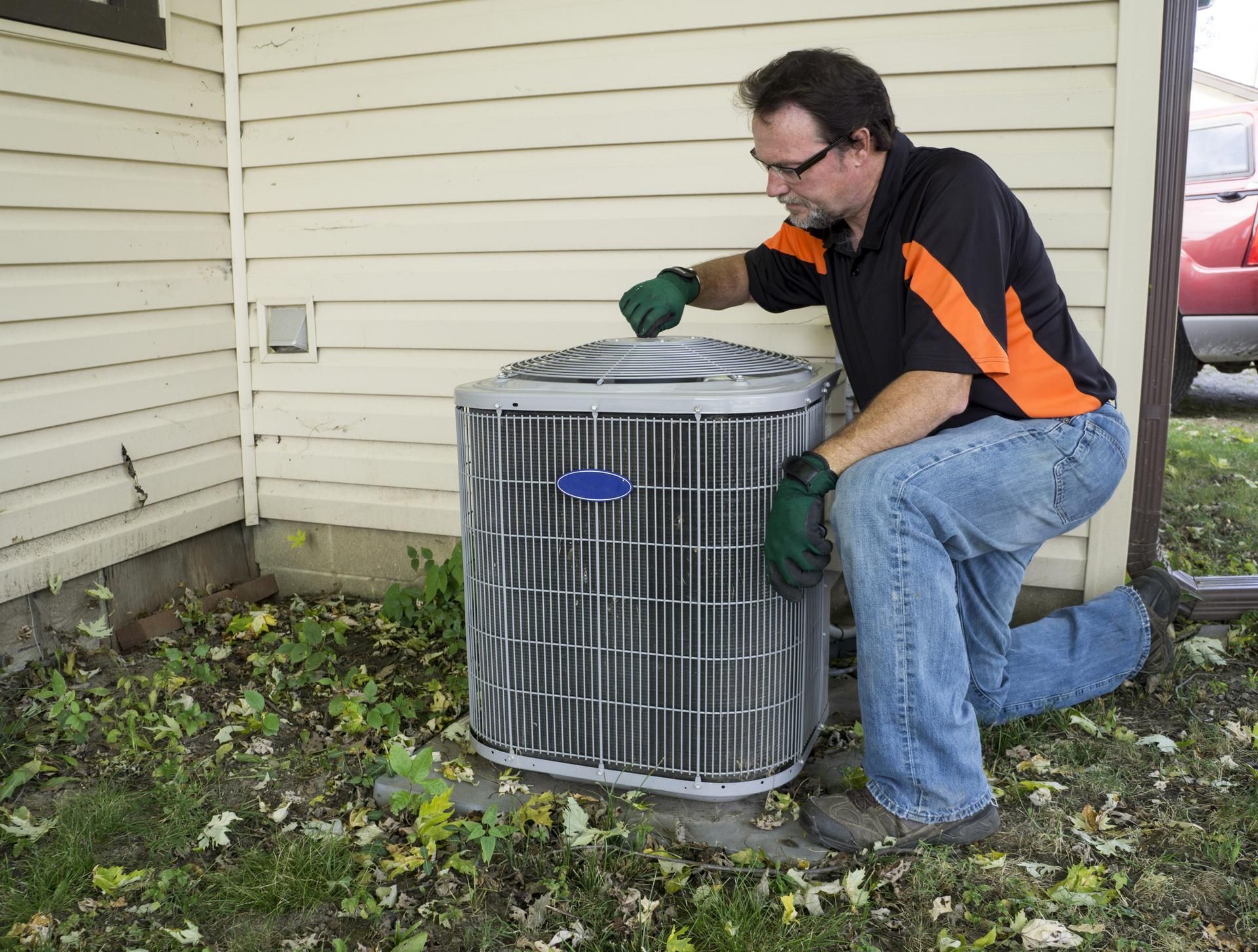Adding Zoning Systems To Your Multi-Story Home

Having a multi-story home is always a luxury, but it can come with its own set of challenges. One of those challenges is finding the right temperature balance throughout the home. How can you keep both the upper and lower floors at a comfortable temperature without wasting energy? That's where adding thermostats and zoning systems can help.
Here, we can explore the benefits of adding thermostats and zoning systems to your multi-story home. We'll also answer some key questions like how much energy you can save, how these systems work, and what factors you should consider before making a purchase. Let's get started.
Understanding Zoning Systems
A zoning system divides your home into different areas (or zones) and allows you to have complete control of the temperature in each zone on its own. This means that you can set different temperatures in different rooms or areas of your home. For example, you might want to keep the upper floor of your home cooler than the lower floor. With a zoning system, you can set the temperature for each floor separately, saving energy and keeping your home comfortable.
Zoning systems work by using motorized valves and dampers to control the flow of air through your HVAC system. Each zone has its own thermostat and sensors that detect the temperature in that area. When the temperature in a zone falls outside the desired range, the motorized valves and dampers adjust to maintain the set temperature.
Benefits of Adding Zoning Systems to Your Home
By adding a zoning system to your multi-story home, you can enjoy many benefits. The biggest benefit is energy savings. With a zoning system, you can heat or cool only the areas of your home that you are using. This can lead to a significant reduction in your energy bills.
Another benefit is the ability to customize the temperature in different zones of your home. This can help you achieve a more comfortable living environment. You can also eliminate hot or cold spots in your home, which can improve overall air quality and reduce the number of allergens in your home.
Installing Additional Thermostats
In addition to adding a zoning system, you can also install additional thermostats throughout your home. This is especially helpful if you have a large multi-story home. With additional thermostats, you can control the temperature in different areas of your home without having to walk to a central thermostat.
When installing additional thermostats, it's important to place them in the right locations. You want to avoid placing thermostats near windows, doors, or other areas that can affect the temperature reading. Instead, place thermostats in the central areas of each zone to ensure accurate temperature readings.
Factors to Consider Before Installing Zoning Systems
Before you install a zoning system in your home, there are several factors to consider. First, you should consider the size of your home and the number of zones you want to create. The more zones you have, the more expensive the system will be.
You should also consider the age and condition of your HVAC system. Older systems may not be compatible with zoning systems, and you may need to upgrade your system before installing a zoning system.
Finally, consider the cost of installation and maintenance. Zoning systems can be expensive to install, and you will need to have your system maintained regularly to ensure proper operation.
Adding thermostats and zoning systems to your multi-story home can help you achieve a more comfortable living environment while saving on energy costs. Zoning systems allow you to control the temperature in different zones of your home independently, while additional thermostats give you greater control over the temperature in each zone.
Before installing a zoning system, however, you should consider the size and condition of your home, as well as the cost of installation and maintenance. With the right zoning system in place, you can enjoy a more comfortable home while saving on energy. Ready to upgrade your multi-level home's HVAC system? Call Action Heating and Air Conditioning Inc. today.
